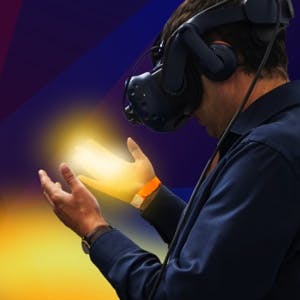- Home
- All updates
- EDGE Insights
- Industries
- Company Search (Beta)
All Updates
Stanford University announces work on developing AI-assisted holographic imaging for AR glasses
Robinhood launches joint investment accounts
eToro partners with London Stock Exchange to expand UK stock offerings
StorMagic secures funding from Palatine Growth Credit Fund
Archera raises USD 17 million in Series B funding for product development and recruitment
Alto Neuroscience receives grant of USD 11.7 million to support Phase IIb clinical trials of ALTO-100
Quest Diagnostics and BD partner to develop flow cytometry-based companion diagnostics for cancer and other diseases
USPACE Technology Group Limited unveils commercial optical satellites and related aerospace products
Sweden issues study on Gripen fighter jet’s satellite launch capability
Terran Orbital receives certification for new manufacturing facility to begin production
Crisalion Mobility partners with Air Chateau for pre-order of eVTOL aircraft

Extended Reality
Stanford University announces work on developing AI-assisted holographic imaging for AR glasses
-
Researchers at Stanford's Computational Imaging Lab are developing a new AI-assisted holographic imaging technology. Still in the prototype phase, this technology is devised to be thinner, lighter, and of higher quality compared to current technologies in the realm of AR glasses.
-
The technology employs "nanophotonic metasurface waveguides" and a "learned physical waveguide model” to guide light into the user's eyes through glasses. It also uses AI algorithms to significantly enhance image quality. The model claims to be automatically calibrated using camera feedback, making images appear at varying depths.
-
The research team claims that the tech's compactness is integrated into a thin stack of holographic components and can virtually fit into standard glasses frames. The team aims to break into the spatial computing market, currently dominated by large mixed reality headsets.
Contact us
By using this site, you agree to allow SPEEDA Edge and our partners to use cookies for analytics and personalization. Visit our privacy policy for more information about our data collection practices.